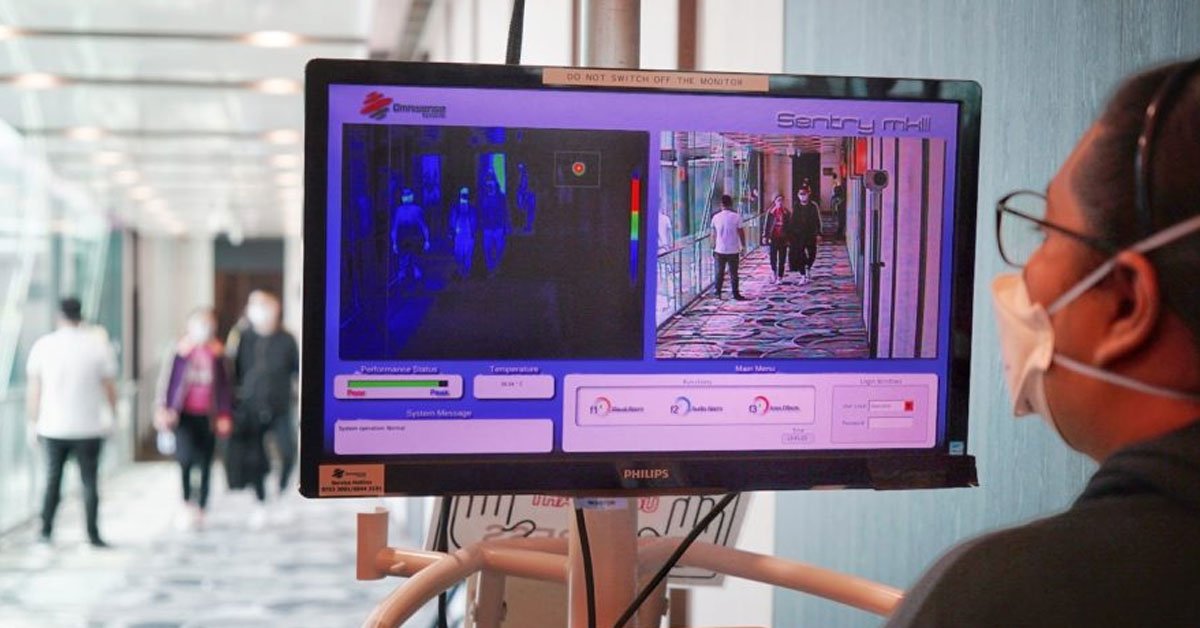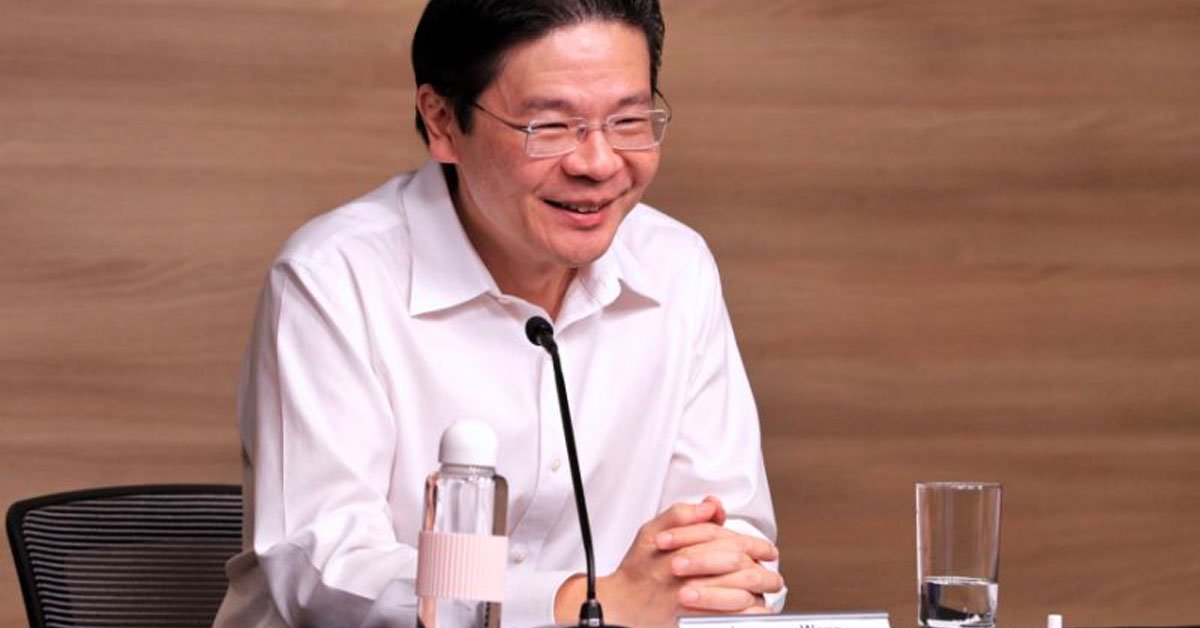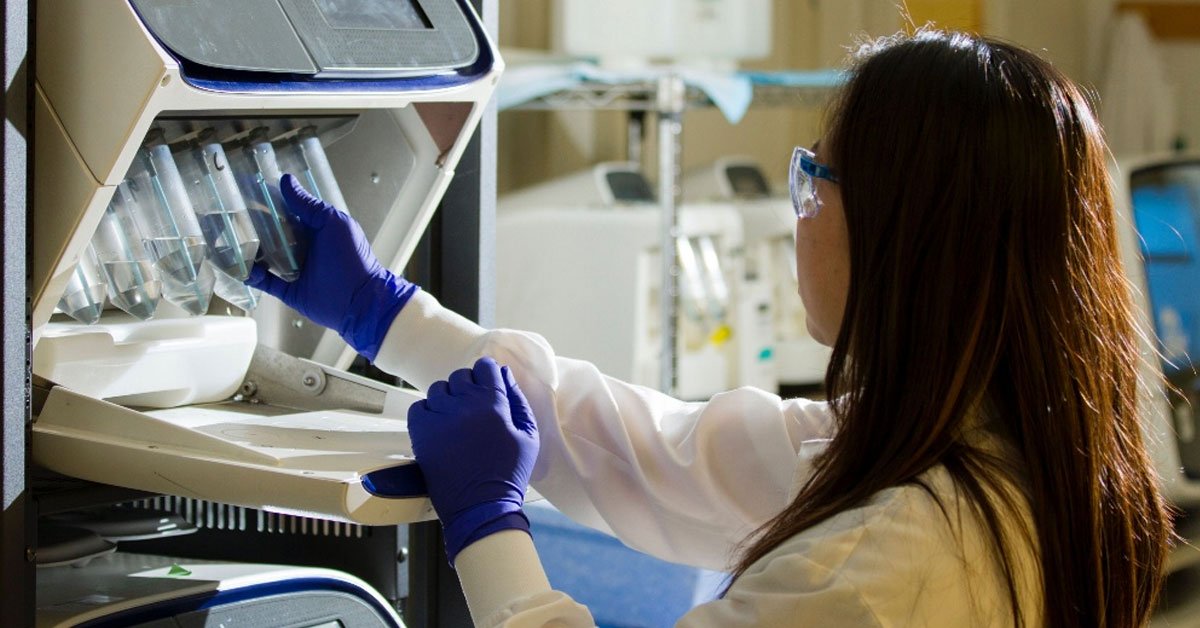Yesterday night, reports of an inevitable news surfaced: Singapore finally has its first Wuhan virus patient.
With Singapore’s Patient Zero now officially confirmed, it’s no surprise that Singaporeans are anxious, whatnot with misinformation spreading in WhatsApp that might be hard to clamp down with POFMA.
So here are ten facts about this case, but here’s a disclaimer: these facts are only accurate as of today (24 January 2020). With so many unknowns, what you read today might be irrelevant tomorrow. It’s better to bookmark MOH’s page here.
So, let’s start.
What is the Wuhan Virus?
Before anything, you need to know more about the Wuhan virus.
Known as 2019-nCoV, you can think of it as a cousin of SARS. However, at this moment, it’s considered to be milder than SARS, though it might mutate.
But why would such a virus appear out of nowhere?
As mentioned, it’s unclear yet, but based on SARS and MERS data, it could have been another case of animal-to-human transmission. Basically, it initially just affected animals, but mutated and “jumped” into human cells.
Because it’s so new, the mode of transmission hasn’t been confirmed, except that human-to-human transmission is now confirmed.
The virus belongs to a family of viruses that includes the common cold, but also more serious ones like MERS and SARS.
Effects of 2019-nCoV
Notice that I didn’t use the word “prognosis” because technically, there’s not enough data to provide an accurate prognosis.
So far, the symptoms are coughs, fever and breathing difficulties, but new details show that not all infected patients will have a fever. This is worrying as measures to contain the outbreak mostly use temperature screening.
In severe cases, there might be organ failure, but that is (so far) rare. Recovery is dependent on the person’s immune system.
As of now, there has been 843 confirmed cases worldwide, with 177 of them in serious condition. 25 people have also died.
However, it must be noted that people who have died from the virus usually have underlying health conditions and older: the average age of all the deceased so far is 73.
On the bright side, 34 people have been “cured” and “discharged”.
Now that you know about the cause, let’s go back closer to home.
Inevitable… and Then It Happened
The authorities have been telling us that we’d be seeing an imported case of the Wuhan virus soon, and it came earlier than expected.
Prior to yesterday, the authorities have been on high alert, screening everyone who’s come from China for fever and isolating those who exhibited 2019-nCoV symptoms.
Unfortunately, it didn’t work out that well. Yet.
On 20 January 2020, a 66-year-old man from China passed the screening. He was allowed into the country and stayed in Shangri-La’s Rasa Sentosa resort. The next day, he had a fever but remained in the hotel.
It was only a day later (at Wednesday) that he went to Singapore General Hospital, and was isolated immediately as a suspect case.
Yesterday evening, he was tested positive for 2019-nCoV and became the first imported case here in Singapore.
The man is now in stable condition.
Contact Tracing Initiated by MOH
As the man has been in transit within Singapore, MOH is now tracking all people who were in close contact with him.
This includes his nine travelling companions who have all been identified. One of them, the patient’s son, is a suspect case and has been warded.
People found to have been in close contact with the patient will be quarantined for 14 days from their last exposure to the patient.
Advertisements
Four employees in the hotel, who had either attended to the patient or been in his room, have been quarantined.
MOH is also identifying people who sit close to the patient in the plane.
Transport Within Singapore
As for his mode of transport within Singapore, he had taken a chartered car by Changi Airport to the hotel directly, and had not left the hotel since then.
For his journey from the hotel to the Singapore General Hospital, he had taken a taxi.
In other words, he was never in a public place—not even public transport.
Advertisements
Hotel Guests in Shangri-La’s Rasa Sentosa Panicked & Demanded Answers
When the media went over to Shangri-La’s Rasa Sentosa resort yesterday, the lobby was packed with guests who demanded answers.
According to Mothership, some guests were angry that they weren’t told about the case earlier; however, the hotel claimed that prior to that, it was merely a suspect case, and that they knew about the confirmed case the same time as the authorities.
The hotel, however, did not disclose which floor the man had stayed in.
Measures to prevent a “possible pandemic” have already been initiated in its group of hotels prior to Monday, which includes increased cleaning and sanitising frequency of the hotel premises.
The hotel is now on orange level alert, whereby there would be enhanced cleaning and staff would be on the lookout for anyone who looks unwell.
MOH: Expect to See More Cases
MOH expects to see more suspect cases and imported cases, and urges the public to remain calm and vigilant, and to adopt good personal hygiene practices.
In other words, it’s now just the beginning.
Task Forced Created Before the First Confirmed Case Going All Out
Before the first imported case, Singapore has already set up a task force, chaired by Health Minister Gan Kim Yong and Minister for National Development Lawrence Wong, to “mount an effective response when” the first confirmed case “happens”.
Advertisements
Well, it has happened, so what’s next?
According to MOH, its efforts would be ramped up: they’d be stepping up Singapore’s overall preventive posture, given the expected inflow of visitors during the festive season and in view of the confirmed case. This would include expanding Singapore’s border controls, to include land and sea checkpoints.
Wait, land and sea?
Woodlands & Tuas Checkpoint to Implement Temperature Checks
Today (24 January 2020), from 12pm onwards, the temperature checks will be extended to both Woodlands and Tuas Checkpoint, the link between Singapore and Malaysia.
No doubt that’ll cause even more congestion since it’s the Chinese New Year period.
Here’s how it’ll work:
By bus: Travellers will be screened at the alighting bus concourse or bus hall before immigration counters. Bus drivers will be screened at the security check area.
By train: Travellers will be screened at the alighting platform before entering the train hall for immigration clearance.
By car: Travellers are required to wind down their car windows for temperature screening at the security check area before immigration counters.
By motorcycle: Travellers are required to remove their helmets for temperature screening at the security check area after immigration counters.
By lorry: Travellers will be screened at the cargo platforms or immigration counters.
PM Lee: No Need to Panic as Singapore is Better Prepared
Prime Minister Lee was in Switzerland for the World Economic Forum when the first Wuhan virus case in Singapore was confirmed.
Just like the authorities, PM Lee was expecting this, saying that “one way or other, the bug is going to reach us.”
However, Singapore is now more prepared to fight this new virus after the SARS incident, so he reminded us to go on with our lives, “take the precautions we need to, but no need to panic.”
Health Minister’s Statement
Yesterday night, Health Minister Gan Kim Yong gave a statement after the first confirmed case is announced.
Here’s his statement:
The gist of his statement? Singapore is upping her defence, but we must do our part by practicing good personal hygiene.
If you’re sick during this CNY period, don’t worry: 949 clinics will still be open during CNY 2020 period.



